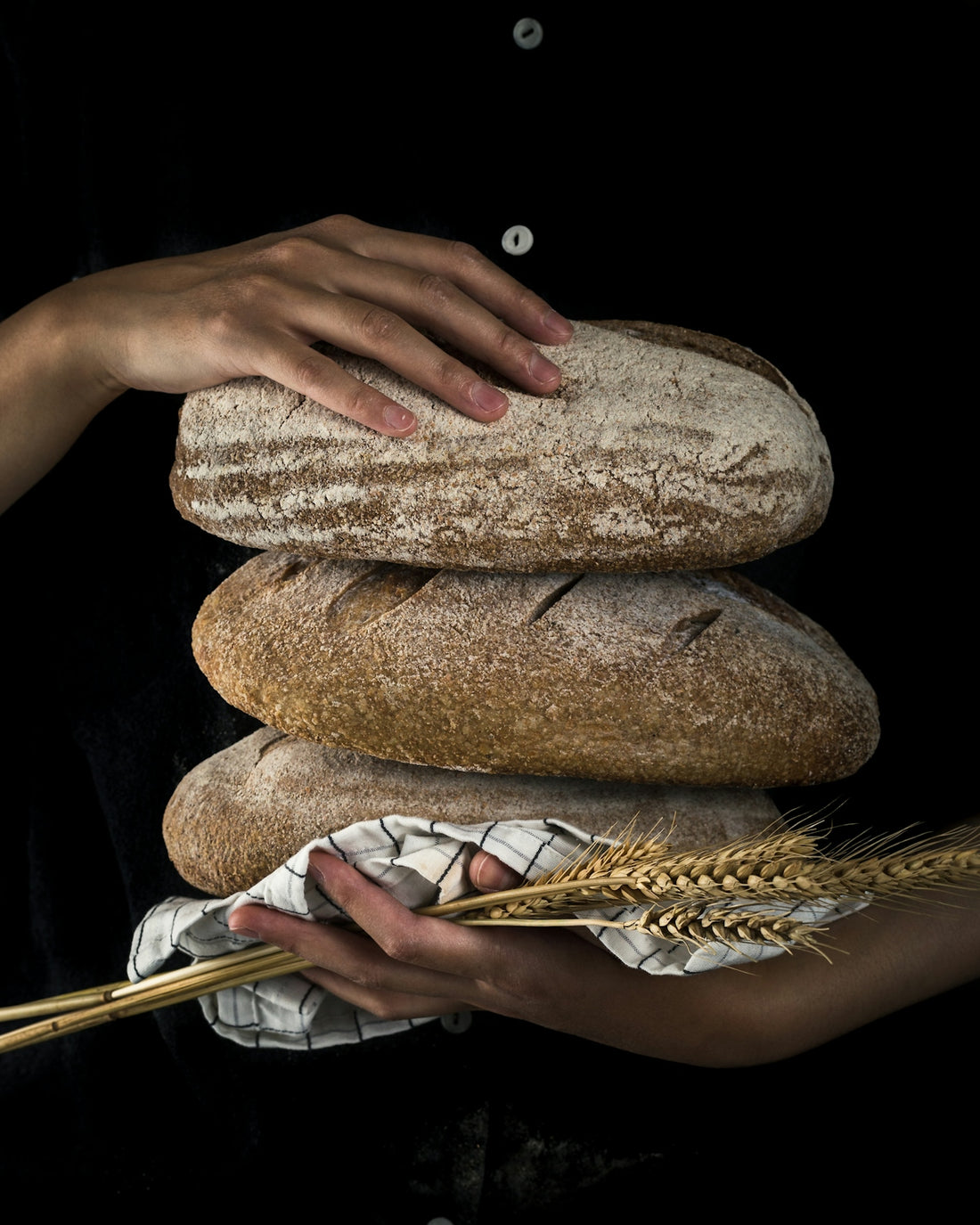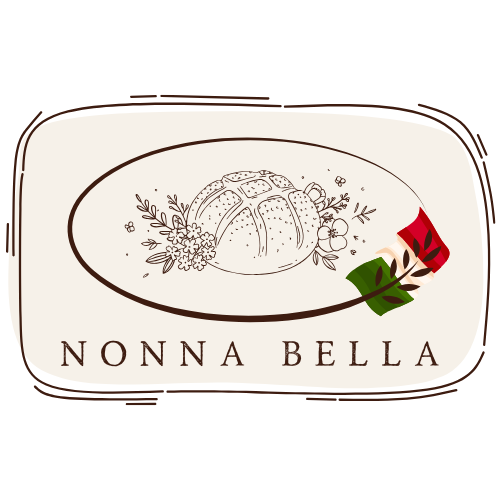
Artisan Bread Baking: Discover the Best Sourdough Scoring Techniques
Welcome to our deep dive into the art of sourdough scoring, a crucial step in crafting the perfect loaf of homemade sourdough bread. Whether you are a seasoned baker or just starting to explore the rhythms of sourdough fermentation, understanding and mastering scoring can elevate not only the aesthetic appeal but also the functionality of your sourdough bread. Join us at Italian Sourdough as we explore the nuances of this artisan technique.
The Foundation: Sourdough Starter
At the heart of any successful sourdough bread recipe is a robust sourdough starter. This mix of flour and water, teeming with wild yeast and bacteria, undergoes an intricate process called sourdough fermentation. How you feed and maintain your starter is critical to nurturing a lively culture.
How to Feed Sourdough Starter
- Measure: Remove a portion of your existing starter (about half).
- Add Flour and Water: Replace what you took out with equal parts of flour and water by weight.
- Mix: Stir until fully integrated and allow it to rise at room temperature.
Maintaining a consistent sourdough starter feeding schedule is vital. Feeding every 12-24 hours, based on room temperature and desired sourness, ensures a healthy starter.
Storage and Troubleshooting
- Storing: For frequent bakers, a jar on the countertop works well. For occasional bakers, refrigerate your starter, feeding it weekly. Check out the Professional Baking Tools 24 Oz Sourdough Starter Jar for optimal storage.
- Troubleshooting: If your starter seems sluggish, consider its diet. Experiment with different types of organic flours or adjust hydration levels.
Sourdough Starter vs. Commercial Yeast
While both are leavening agents, a sourdough starter's wild yeast fermentation offers flavors and health benefits not found in regular bread produced with commercial yeast. For those exploring sourdough for diabetics, this slow fermentation process can lower the bread’s glycemic index.
Crafting the Dough: Easy Sourdough Bread
Once your starter is robust, it's time to dive into the dough. Whether you're a fan of classic sourdough, sourdough pizza dough, sourdough bagels, or even Italian sourdough bread, the preparing step remains fairly constant. Here’s an outline of how to shape sourdough bread:
- Mix Ingredients: Combine your sourdough starter, water, flour, and salt.
- Autolyse: Let the mixture rest to allow the flour to hydrate, essential for gluten development.
- Knead: Use techniques like the stretch and fold method for dough development.
- Bulk Ferment: Allow the dough to rise until it has doubled in size.
- Shape: Form the dough into your desired shape.
Throughout baking, you may face issues. Fortunately, sourdough bread troubleshooting tips abound, especially regarding dough hydration or oven spring.
Art of Scoring: Best Sourdough Scoring Techniques
Properly scoring your sourdough is both a practical and artistic endeavor. It allows the bread to expand in the oven, making way for a crispy sourdough crust and revealing intricate patterns.
Tips for Scoring
- The Tool: Use a sharp blade like the Wooden Handle Bread With 5 Blades Lame for precise cuts.
- Angle and Depth: Hold the blade at a 30° angle and score no deeper than a half-inch to guide expansion.
- Designs: Start with simple diagonal cuts to the more decorative, like a wheat stalk pattern.
Achieving the Perfect Bake
Pair your scoring technique with quality bakeware. The Martha Stewart 7Qt Enameled Cast Iron Dutch Oven traps steam for a bakery-style crust at home. Alternatively, bake crispy sourdough pizzas with Nonna’s 12-inch Cordierite Stone.
Maintaining Your Sourdough Journey
Your sourdough life extends beyond bread. Experiment with sourdough discard recipes to minimize waste—think pancakes, waffles, and muffins. Consider whether a long-legacy sourdough starter suits your baking ambitions and lifestyle.
Essential Tools
Investing in the right tools can transform your sourdough baking experience. From a Danish Dough Whisk to artisan blenders, quality tools make the process enjoyable and efficient.
Exploration and Experimentation
Sourdough vs. regular bread? Each offers unique experiences and flavors. Opt for organic sourdough starter ingredients to amplify the benefits of sourdough fermentation. Experiment with hydration levels and flour types to tailor texture and flavor profiles to your liking.
By embracing the intricacies of sourdough, from starter through to the scoring of your final loaf, you open yourself up to a world of creative possibilities and culinary success. Remember, the art of sourdough lies in its unpredictable nature and potential for continual learning and growth.
For more tips, tools, and sourdough inspiration, visit Italian Sourdough today. Happy baking!
